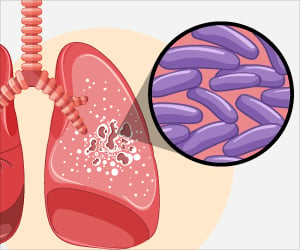In a first of its kind study by Sydney University researchers, it was cited that a regular low dose ICS treatment may lead to improved day–to-day lung function in patients with very mild asthma.
In a first of its kind study by the Woolcock Institute of Medical Research in Sydney, it was cited that a regular low dose ICS treatment may lead to improved day–to-day lung function in patients with very mild or well-controlled asthma.
The study, led by Assoc. Prof. Helen Reddel, was conducted over a time-period of 11 months and the researchers compared the effects of inhaled corticosteroids (ICS) and placebo on asthma control in mild asthmatics.The study’s findings raised doubts about the current emphasis in asthma treatment which is based largely on controlling symptoms, and which does not support ICS treatment for patients with symptoms two days a week or less.
A significant and clinically important treatment benefits on markers such as lung function, airway hyperresponsiveness and exhaled nitric oxide were indicated through the results. All these markers are predictors of the risk of future adverse outcomes such as exacerbations.
It was also observed that a 'ceiling' effect for lung function, which is believed to prevail in mild asthma, does not exist. In fact, patients whose lung function is over 90pct of predicted normal value may also further improve their personal best with treatment.
The results of the study also indicate that subjects receiving placebo were nearly three times more likely to experience a mild exacerbation.
'In recent years the emphasis in asthma treatment has been on how well a patient’s symptoms are is controlled. The patients in this study had asthma that was so mild, with symptoms once a week or less, that they themselves didn’t see any benefit in regular preventer treatment. However for those participants receiving ICS during the study, their lung function was better, they had less airway inflammation and less airway twitchiness. All of these things are predictors of reduction in risk of future adverse outcomes,' said Reddel.
Advertisement
She further explained that even though the study sample size was small, the measurement of airway twitchiness, airway inflammation and daily spirometry provided information about future risk that is usually not possible in larger groups.
Source-ANI
SPH/L








